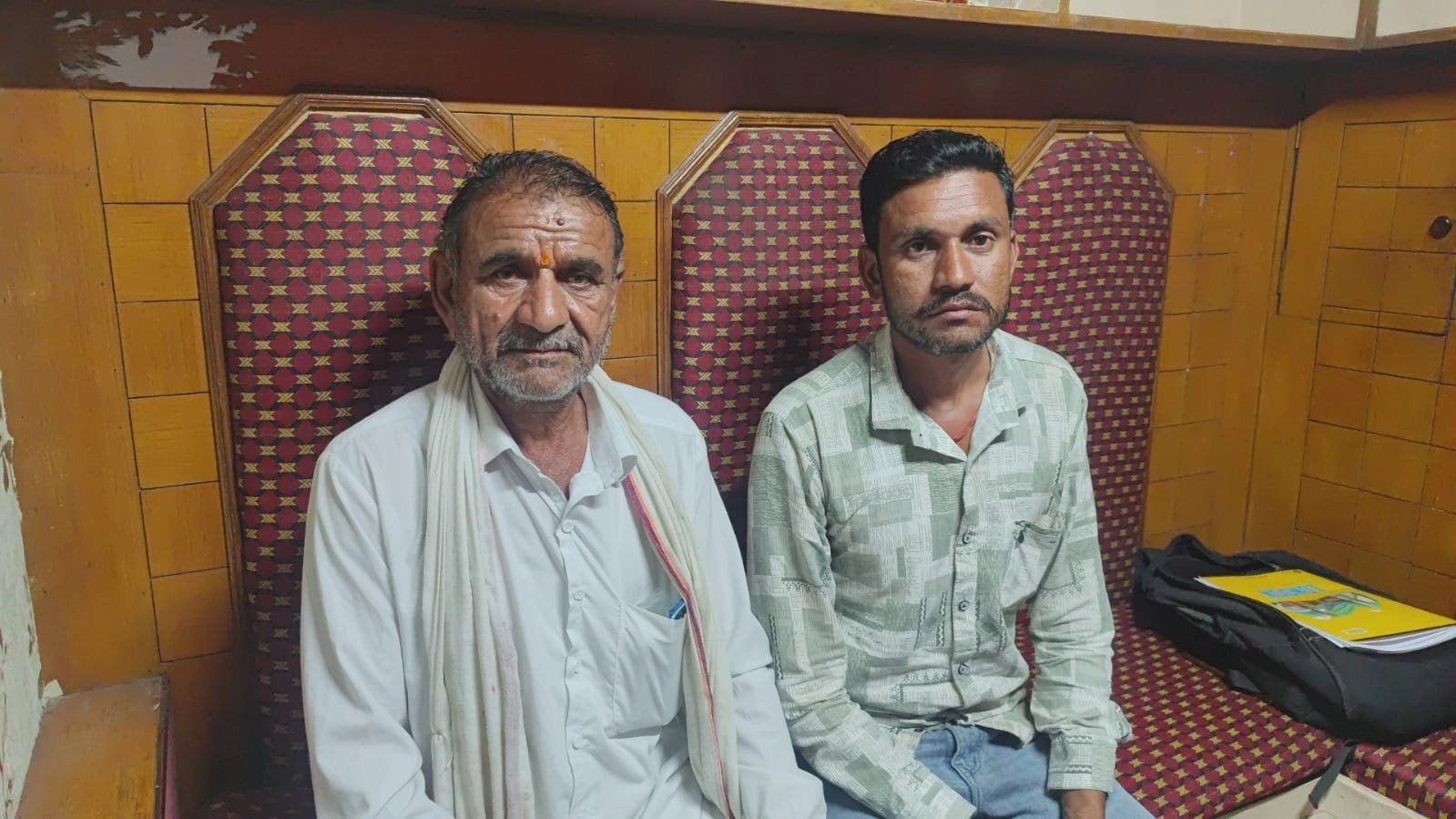In the politically rich landscape of Bihar, the practice of ‘Pind Daan’—a Hindu ritual dedicated to ancestors—has unexpectedly emerged as a significant theme in the state’s electoral discourse. This ritual, traditionally performed to honor deceased family members, transcends mere religious observance; it has morphed into a poignant symbol of cultural identity and political allegiance. As Bihar gears up for its elections, the invocation of ‘Pind Daan’ serves as a powerful tool for political messaging, appealing to the sentiments of the electorate who deeply value their ancestral traditions.
The ritual has gained prominence as political leaders and parties tap into its emotional resonance to connect with voters. Candidates often participate in or promote ‘Pind Daan’ ceremonies, positioning themselves as champions of Hindu values and tradition. This strategy is particularly effective in a state like Bihar, where a significant portion of the population identifies strongly with Hindu customs. By associating themselves with such rituals, politicians aim to foster a sense of trust and loyalty among constituents, leveraging the deep-rooted belief in honoring one’s ancestors to solidify their support base.
Moreover, the emphasis on ‘Pind Daan’ reflects broader social themes, such as the importance of family, heritage, and continuity in a rapidly changing world. In many ways, this ritual encapsulates the aspirations and anxieties of the people, who seek stability and recognition in their cultural practices amidst the complexities of modern governance. The intertwining of religion and politics in this context raises questions about the role of cultural symbols in electoral strategies and the extent to which they influence voter behavior.
As politicians increasingly incorporate religious and cultural elements into their campaigns, the lines between secular governance and religious practices blur. This phenomenon in Bihar is not merely a local issue; it resonates with national conversations about the role of religion in politics in India. The focus on rituals like ‘Pind Daan’ illustrates how cultural identity can be mobilized to serve political ends, creating a potent mix that can sway public opinion. As the elections approach, observers will be keenly watching how this ritualistic approach impacts voter turnout and party allegiance in a state where tradition and modernity often collide.




